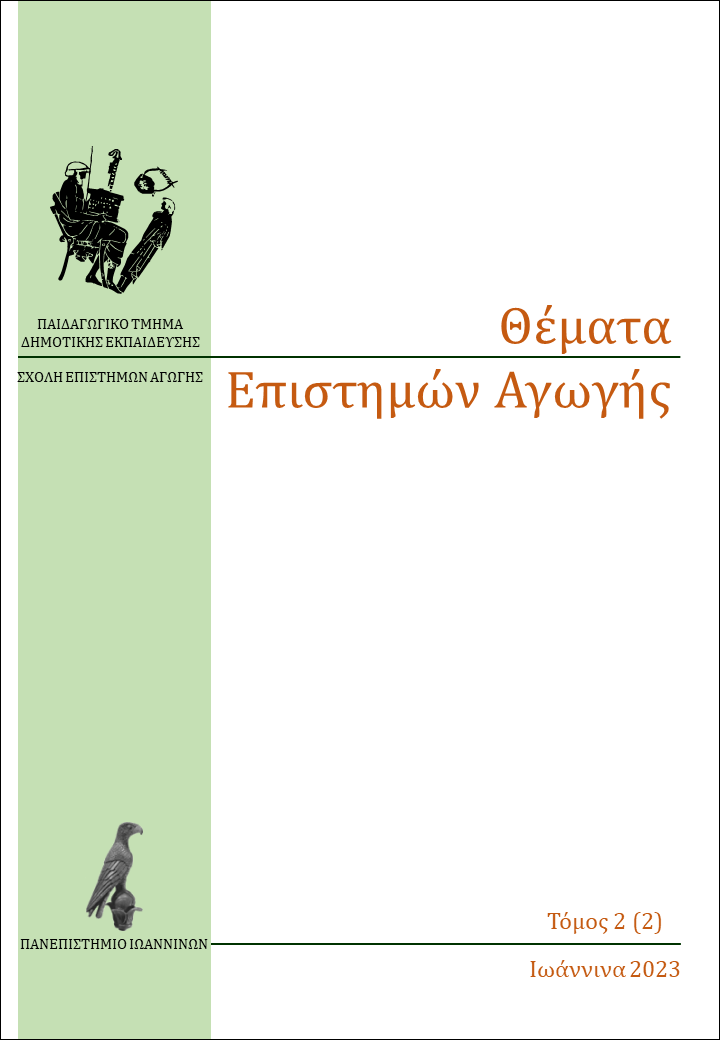Στάθμιση και ψυχομετρική αξιολόγηση της αναθεωρημένης κλίμακας Μεταγνωσιακής Ενημερότητας Στρατηγικών Ανάγνωσης MARSI-2fR
Abstract
Η παρούσα εργασία έχει ως στόχο την προσαρμογή, τη στάθμιση και τον ψυχομετρικό έλεγχο της αυτo-αναφορικής κλίμακας Μεταγνωσιακής Ενημερότητας Στρατηγικών Ανάγνωσης (MARSI) προκειμένου στην αναθεωρημένη σύντομη εκδοχή της (MARSI-2fR) να αποδώσει μια ευέλικτη και εύχρηστη δομή. Το ψυχομετρικό αυτό εργαλείο έχει σκοπό την εκτίμηση της μεταγνωσιακής ενημερότητας των στρατηγικών ανάγνωσης από Έλληνες/ίδες και ελληνόφωνους/ες μαθητές/τριες δευτεροβάθμιας εκπαίδευσης. Η προσαρμογή και στάθμιση της κλίμακας περιέλαβε διερεύνηση μεταφραστικής εγκυρότητας περιεχομένου, διερευνητικές και επιβεβαιωτικές παραγοντικές αναλύσεις, καθώς και ψυχομετρικό έλεγχο με αξιολόγηση αξιοπιστίας και εγκυρότητας. Η στάθμιση της κλίμακας απέδωσε μια συντομευμένη έγκυρη, αξιόπιστη και αξιολογήσιμη δομή δύο παραγόντων, των κειμενοκεντρικών στρατηγικών ανάγνωσης (TEXTOR) και των εξωκειμενικών στρατηγικών ανάγνωσης (TEXTOUT). Οι παράγοντες αυτοί ερμηνεύονται σε συσχέτιση με το ελληνικό εκπαιδευτικό σύστημα και παρέχονται οδηγίες για τη βαθμολόγηση της κλίμακας.
Article Details
- Come citare
-
Μαυρογιάννη Α., Βασιλάκη Ε., Σπαντιδάκης Ι., & Γιαχνάκης Ε. (2023). Στάθμιση και ψυχομετρική αξιολόγηση της αναθεωρημένης κλίμακας Μεταγνωσιακής Ενημερότητας Στρατηγικών Ανάγνωσης MARSI-2fR. Θέματα Επιστημών Αγωγής, 2(2), 42–66. https://doi.org/10.12681/thea.33822
- Fascicolo
- V. 2 N. 2 (2023)
- Sezione
- Επιστημονική Αρθρογραφία



